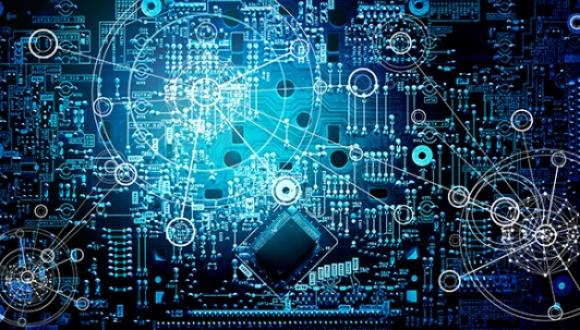EE Seminar: Advancing Deep Learning by Integrating Signal Processing Techniques
Electrical Engineering Systems Seminar
Speaker: Shady Abu-Hussein
Ph.D. student under the supervision of Prof. Raja Giryes
Monday, 24th February 2025, at 12:00 (INSTEAD 19.2.25)
Room 011, Kitot Building, Faculty of Engineering
Advancing Deep Learning by Integrating Signal Processing Techniques
Abstract
Deep learning has revolutionized problem-solving across various domains, particularly in inverse problems. It enables robust reconstruction of signals or images from incomplete or noisy measurements. By leveraging vast amounts of data, these approaches have demonstrated significant improvements over traditional methods.
Generative modeling is another area that has gained prominence for its ability to synthesize realistic data by capturing the underlying distribution of input data. Techniques such as generative adversarial networks (GANs) and denoising diffusion probabilistic models (DDPMs) have paved the way for creating high-fidelity data. Through this research, we explore how one may advance deep learning approaches by integrating signal processing techniques, focusing on inversion tasks and generative models.
In the first part of the talk, we examine deep neural networks (DNNs) for inverse problems, particularly super-resolution tasks, where a high-resolution image is reconstructed from its low-resolution version. These models, however, struggle with unseen observation models. To address this, we introduce a correction filter from generalized sampling theory, enabling off-the-shelf super-resolvers to perform well across various observation models without retraining.
Next, we demonstrate how one may improve DDPMs by reducing their high computational costs, where high-quality image generation typically requires hundreds of large network evaluations. We generalize the forward diffusion process to include downsampling before adding noise perturbations. We show that using this approach, it is possible to generate images with 30% of the computations required in a single denoising diffusion step while obtaining significantly better generation results. Additionally, this approach improves the interpretability due to the fewer number of diffusion steps and smaller latent variables.
These advancements highlight the potential of integrating signal processing with deep learning to improve generalization in inverse problems and enhance the efficiency of generative models, paving the way for more practical and interpretable applications.
השתתפות בסמינר תיתן קרדיט שמיעה = עפ"י רישום שם מלא + מספר ת.ז. בדף הנוכחות שיועבר באולם במהלך הסמינר


